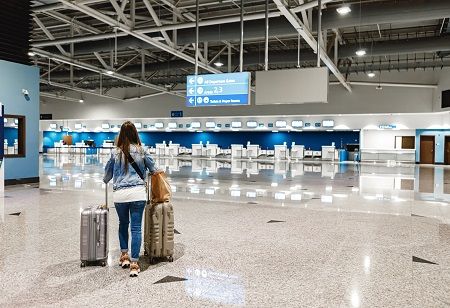
In response to recent structural issues at several airports, the Indian government has implemented new directives to ensure the safety and stability of airport infrastructure. Following roof collapses at Delhi, Jabalpur, and Rajkot airports during heavy rainfall last month, the government has mandated a series of measures to prevent similar incidents in the future.
All airport operators are now required to conduct third-party audits of the structural stability of airport buildings and associated infrastructure. These audits must be carried out by reputed government institutions such as IITs, NITs, CBRI, and EIL. In addition, a thorough evaluation of all civil, electrical, and technical aspects of the buildings, including the design, specifications, and workmanship of the roof sheeting structures, must be conducted before the onset of the monsoon season each year.
To address the recent incident at Delhi airport, the Ministry of Civil Aviation has established a high-level expert committee, which includes structural engineers from IIT Delhi, to assess the situation and provide recommendations. This committee is expected to deliver a comprehensive report on the cause of the incident and suggest necessary measures to prevent future occurrences.
The Directorate General of Civil Aviation (DGCA) will continue its regular audits through surveillance inspections and spot checks to ensure compliance with safety standards. In parallel, the Airports Authority of India (AAI) has initiated investigations to determine the root causes of the structural failures at Jabalpur and Rajkot airports.
For the fiscal year 2023-24, the government has allocated ₹795.72 crore for repair and maintenance (R&M) works across 121 AAI-operated airports. This substantial investment reflects the government’s commitment to maintaining and enhancing the safety and reliability of the nation's airport infrastructure. These proactive measures are designed to ensure that such incidents do not recur and that passenger safety remains a top priority.
We use cookies to ensure you get the best experience on our website. Read more...